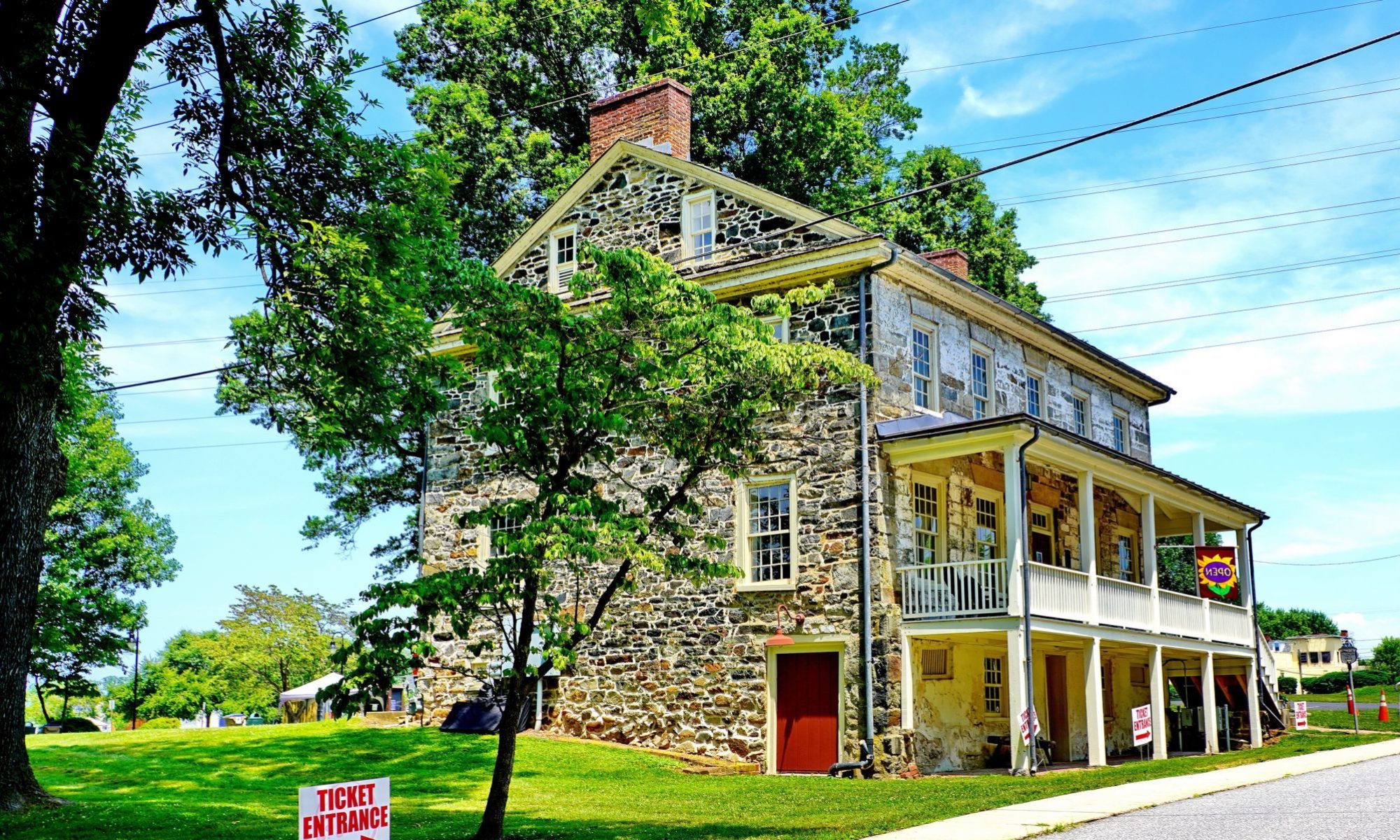There are floods and there are cold snaps in Cecil County. But in Port Deposit there were “ice gorges” and there were floods. So frequent before the building of the Conowingo Dam, the ice jams periodically brought destruction to the old river town and other communities on the lower Susquehanna River. They occurred when a spring thaw began breaking up ice in the middle and upper reaches of the river..
Towns people knew when to start bracing for it. And just like today, when the Susquehanna River threatens to go on a rampage, reporters and photographers rushed to the paralyzed town, hoping to be able to supply the city editors with headline grabbing copy and pictures.
From the time the first publications appeared in the county, stories occupied the columns of the local papers when the “ice king” threatened Port Deposit. Shenandoah (the pen name used the Cecil Democrat’s local correspondent) concluded his report this way in 1857: “But I can write no more. I am at this moment where I used to live, but I am only staying here a few moments just now. The house is surrounded with ice and water, and I am here, without fire, at 10 o’clock at night and alone, my feet sticking to the ice and frozen, my fingers almost frozen, and my candle almost gone! . . . Though almost frost bitten, I am yours, SHENANDOAH.”.
A group of enthusiastic city correspondents covered the ice jam of 1876 and the Cecil Whig’s editor had something to say about this bunch: “These Bohemians generally love their todd and are excellent patrons of the drinking salons. Every fresh drink they take they see the ice move and the water commence to rise in the streets and they go forth with flash news to their papers . . . and about every other morning the town suffers a submerge and the people, especially the women and children, fly to the hill side and narrowly escape a water grave in the city papers.”
When the ice king had a solid grip on the Susquehanna in 1893, residents of Roberts Island were completely surrounded by the gorge. Perhaps passing too many idle moments in the taprooms, The Baltimore Sun and News American reporters conceived the idea of crossing the ice to the Island. They got a resident, Lawrence Paxton, to guide them and armed with ice hooks and ropes they started. With Paxton taking the lead, the two representatives “faint hearted and timidly picked their way, but anxious to immortalize themselves, gained courage as they followed in the wake of Paxton,” the Perryville Record reported.
On nearing the island, the Sun man was determined to be the first to arrive. And as soon as he reached the land, “he proclaimed that in the name of the Baltimore Sun he took possession of Roberts’ Island.” There they talked to Roberts whose home and farm occupied the tiny piece of land in the middle of the river, and tried to persuade the family to go back with them. But the safety of his livestock troubled him so having their story they headed back to the comfort of Port’s saloons.
In time newspaper photographs added to the capabilities of daily newspapers to cover the story and when the city was in ruins photojournalists descended, documenting the scene of suffering, smashed buildings and huge icebergs on Main Street. By the top of the 20th century picture postcards were available and these images were extremely popular.
So media has always rushed to the lower Susquehanna whenever the area was threatened. Of course, our methods for providing the news has changed since the time when ice jams were an all too frequent image. Nonetheless, the general scene is familiar to residents of Port Deposit in the 21st century. On a slow news day in the summer when a persistent thunderstorm gives the Susquehanna River drainage area a good soaking, satellite trucks are likely to descend on the narrow Main Street in Port Deposit to wait for the coming flood. Beaming signals back to the Baltimore television stations, the broadcast journalists search for interesting footage and people to interview.



